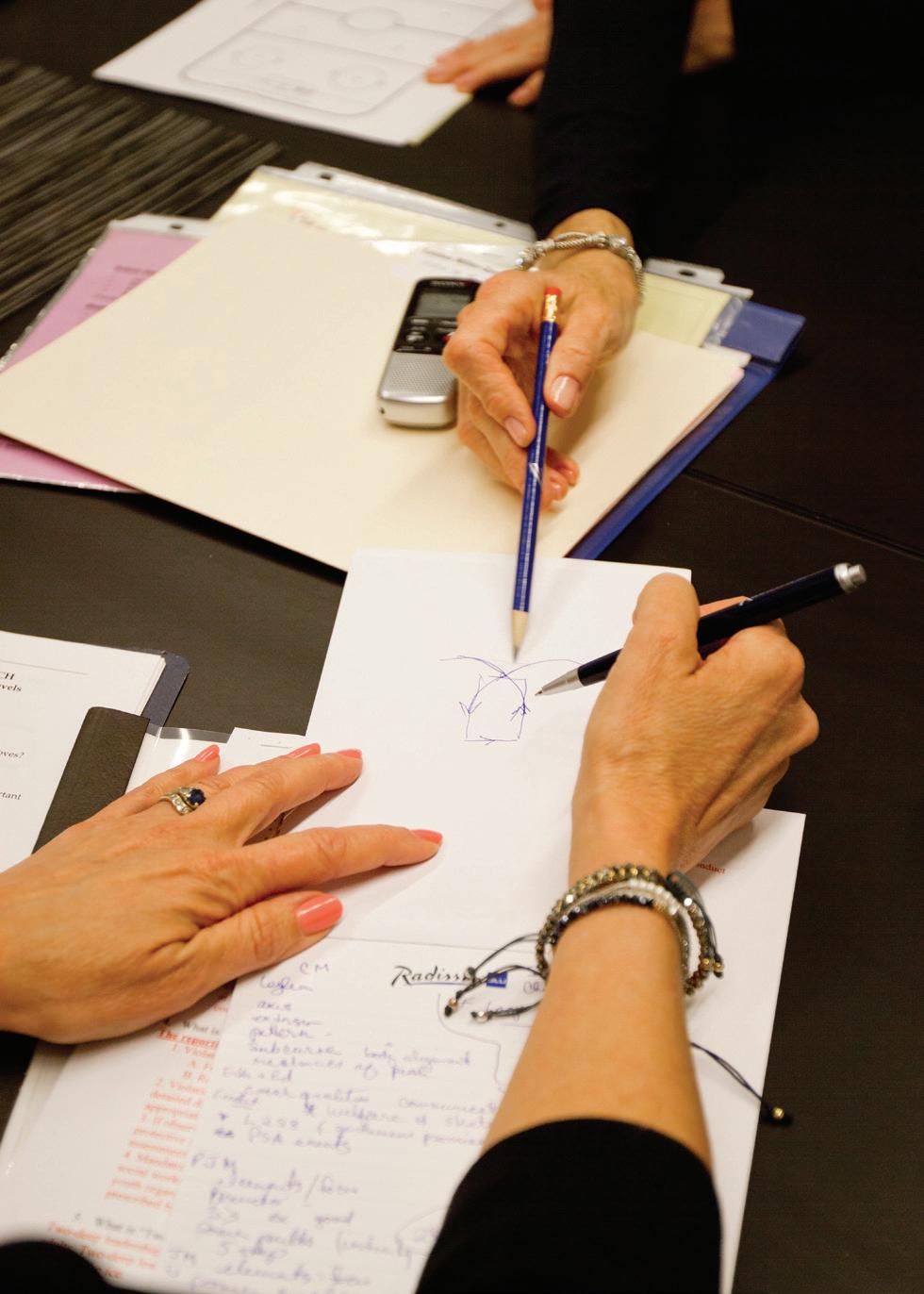SPORT SCIENCE Heidi Thibert, MFS, MM, MC
The Athlete’s Navigation Device BY GARRETT LUCASH
D
oes anyone remember what it feels like to get lost when driving to a new destination? Not long ago, this was a common reality. Drivers studied physical maps to determine which roads to take then sketch out important details on paper. We sought advice on which landmarks to look out for and how many lights to go through before making a turn. Modern technology bestowed us with navigation devices that literally transmit exactly where to go, when to turn, and how far to drive before the next turn. However, we no longer need to observe landmarks, learn street names, or other details that used to inform our journey in the days of the past. When drivers used to make an errant turn, we experienced varying levels of frustration for sure. However, we also used the error information as feedback to change our general method and pattern of performance. An errant turn, thus, informed our learning. Therefore, for a driver to avoid building a dependence on a navigation device they must connect with the information provided by the environment. The notion that making errors inform our learning is acknowledged in the skill acquisition research literature (Schmidt et al. 2018, Chow et al. 2015, Davids, Button, and Bennett 2008) and some experts even argue that those who make the most mistakes learn the most . If we think of the typical exchange between a coach and skater, we witness a navigation device in full effect. Consider a program run-through when the coach follows a skater and calls out feedback as they move from skill to skill. “Keep your head up… arms here… get your shoulder back on this next jump… push harder… hold this spin… one, two, three, change… smile!” In this example, the coach’s feedback is a navigation device in full effect and, while this action may appear to be effective and motivating, it does not cultivate a confident, capable athlete. It does not nurture the athlete’s learning. In fact, the run-through scenario is not an exchange at all because the athlete plays a passive role. They develop a dependence on a coach to problem solve for them and when the coach’s feedback is not there, athletes are at risk of getting lost just like drivers when their navigation device is turned off. This does not mean the coach should
12
MARCH/APRIL 2020
never provide feedback. They just need to observe when those teachable moments occur and this is a coaching skill that takes time to develop. Navigation device feedback also interferes with athletes’ self-motivation because they tend to rely on the coach to provide the ‘spark’ to make them push harder, count their spin rotations, and perform their movements more expressively. What does this mean? It means that if the coach provides the athletes with constant encouragement, no matter how positive their intentions, then athletes might not develop their own intrinsic drive to push harder without it. The external source—the coach—becomes the driver of the athlete’s motivation. Unfortunately, navigation device feedback deceptively influences learning. One of the greatest misconceptions of practitioners is the emphasis on how much an athlete seems to improve within a single practice session with the coach. In the research literature, this is referred to as ‘within-session improvements’ and decades ago there was an assumption that when learners are provided more feedback they learn more too (Schmidt et al. 2018). However, the true test of learning is to see how the athlete performs after the effects of practice—the coach’s feedback, the pole harness and other performance aids— have diminished. True learning involves lots of wrong turns. Athletes must struggle, make mistakes, explore new solutions, and seek guidance only when they truly need it. This represents the transformation from coach centered to athlete centered training. Unbeknownst to many, traditional feedback practices fail to accomplish the true goal of feedback: to guide yet, ultimately, supplement athletes’ self-regulated learning and performance (Schmidt et al. 2018). The reality is that athletes and coaches tend to perceive feedback differently where coaches assume their feedback is effective and athletes feel it is not (Stein, Bloom, and Sabiston 2012). Effective feedback is not transmissive like a navigation device. Effective feedback is transactive; it is an active exchange of information, a dialogue between individuals that positions the athlete as an active agent- the driver- of their own learning. One approach coaches can take to transform feedback into a dialogue is to ask the athlete questions that guide










